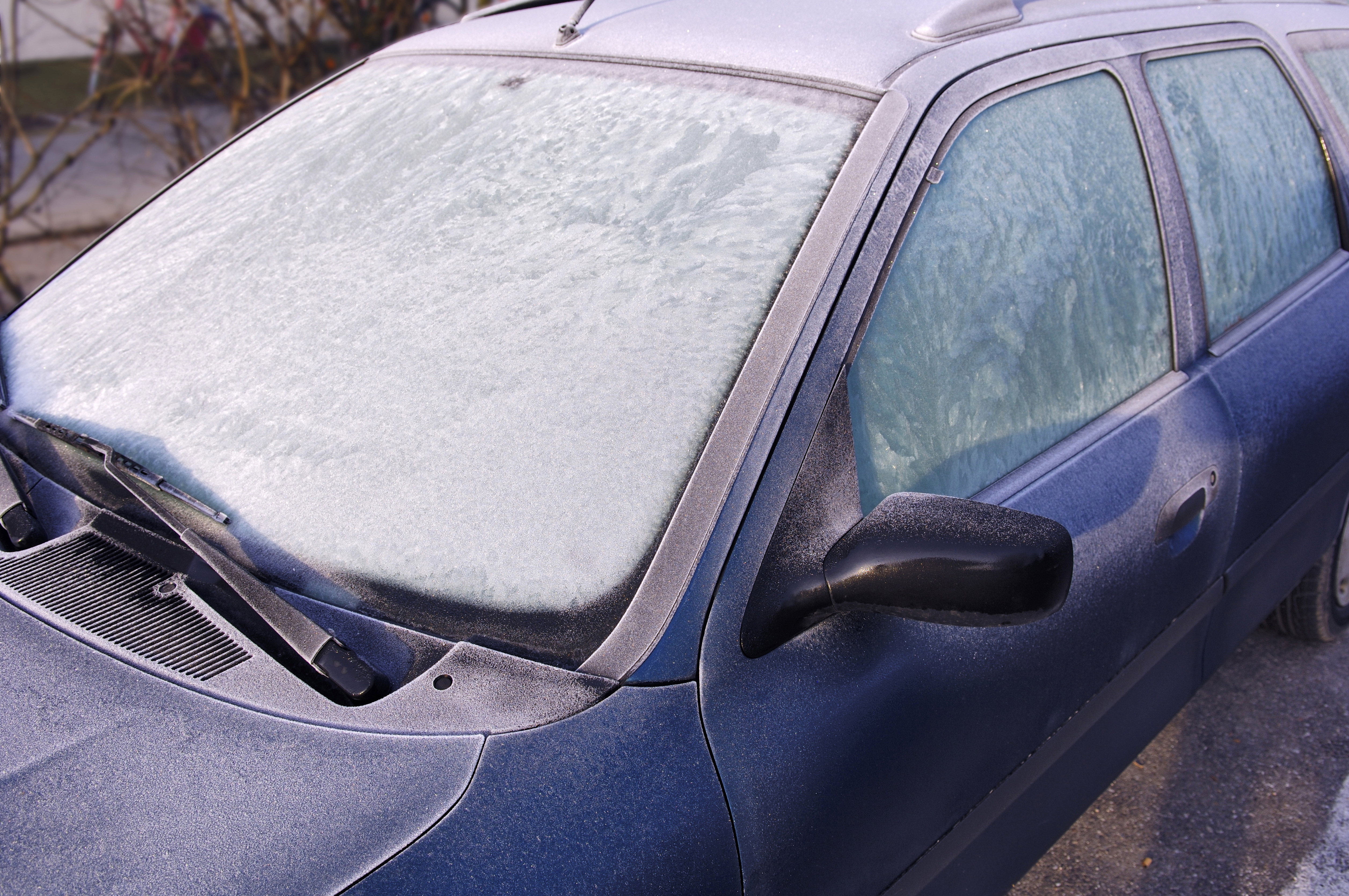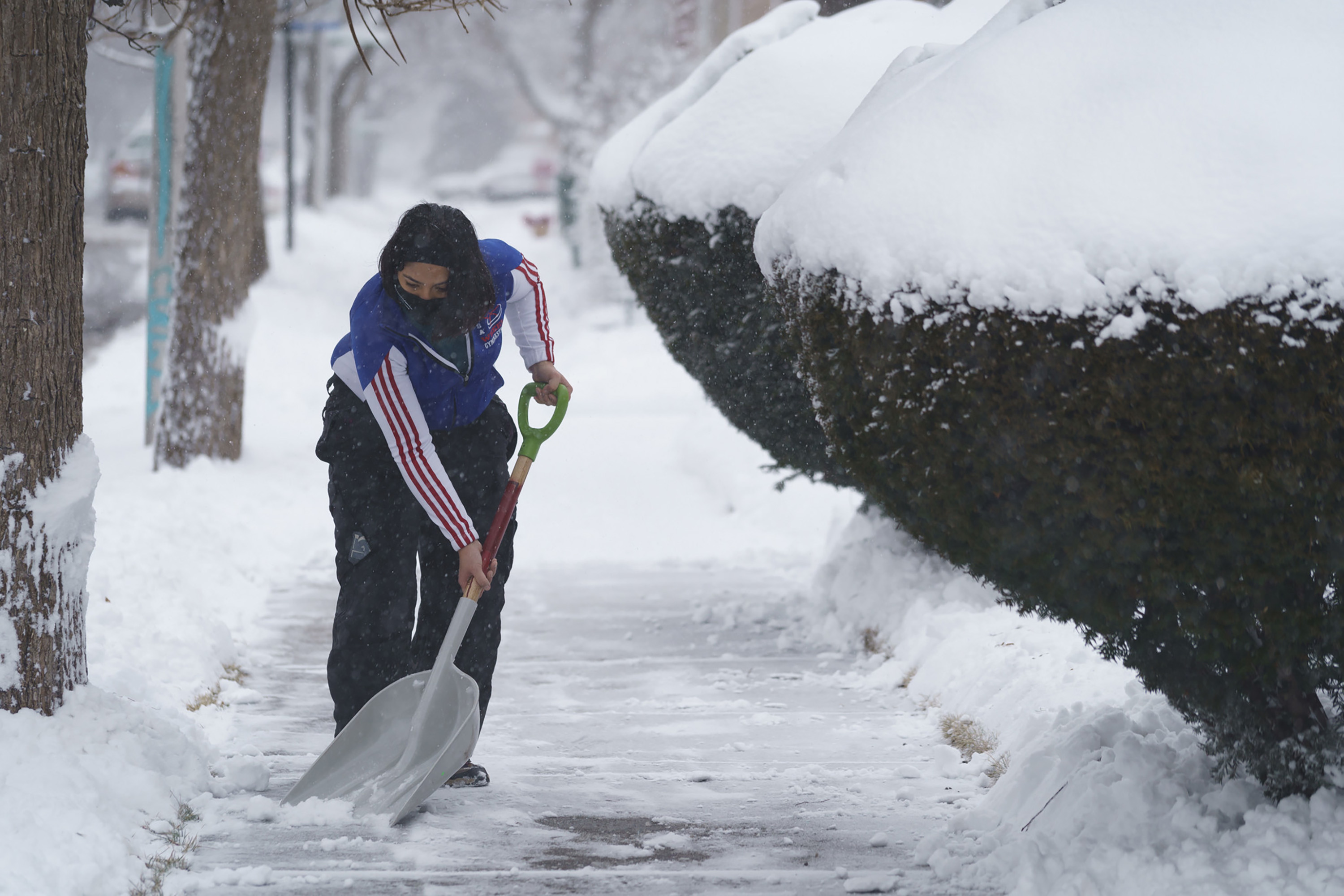When the Chicago area sees the chilliest conditions in five years starting late Saturday, humans won't be the only ones experiencing the extreme weather. Dogs, too, are affected by the cold and can even develop hypothermia.
With wind chill values expected to dip as low as 35 degrees below zero, here are some simple steps you can take to make sure your dog stays safe and comfortable during the cold spell.
First and foremost, in the extreme cold, you'll want to strictly limit your dog's time outside — and only let them out for a short time to use the bathroom. Even though they likely won't be outside for long, make sure to not leave your dog unsupervised outdoors during extreme conditions. To provide some warmth while outdoors, veterinarians recommend that pet owners purchase jackets or sweaters, especially if your dogs are small or have short hair.
Once your pet returns from the outdoors, the ASPCA recommends you do a few simple things:
Dry your dog with a towel as soon as they come inside, pay special attention to their feet and in-between their toes, the according to the non-profit's website. Also, make sure to remove any snowballs from between their foot pads.
While it's clear extreme temperatures and negative wind chills pose a danger to pets, the cold can be determinal even during typical winter weather.
A dog's ability to tolerate the cold depends on several factors, including their size, age, breed and hair, according to an article from petMD. Small breeds or dogs with short coats can actually feel the cold when temperatures reach around 45 degrees.
When temperatures dip below 32 degrees, dogs with thin coats, those who are very young or old, as well as small breeds, could be in danger if they are outside for too long, according to PetMD.
Regardless of your dog's age, breed or size, you'll want to be especially cautious when temperatures fall below 20 degrees.
Feeling out of the loop? We'll catch you up on the Chicago news you need to know. Sign up for the weekly Chicago Catch-Up newsletter.
Some veterinarians insist there's no clear answer on how cold is too cold - with so many factors in play.
“There is no straightforward answer to how cold is too cold and how long is too long to remain outside, because there are so many variables,” Dr. Gene Pavlovsky, director of the University of Illinois Veterinary Medicine South Clinic, said in a news release. “For most dogs, it is probably safe to be outside for a very short period—just enough time to eliminate—even in extreme cold. However, to be safe, it’s probably best to discuss this with your veterinarian, because there may be individual recommendations fitting one pet but not another.”
As is the case with people, dogs are also susceptible to both hypothermia and frostbite. But how can you tell if your dog is experiencing either?
Your pet may have contracted hypothermia if they're whining, shivering, seem anxious, stop moving, slow down or look for warm places to burrow, according to the American Veterinary Medical Association.
While waiting to see the veterinarian, you can warm your pet at home by ensuring they are dry and free of snow and ice and by wrapping them in blankets or thick towels warmed in the dryer, Pavlovsky said.
Frostbite, meanwhile, is harder to detect, and may not be recognized until a few days after the damage is done.
If you suspect your pet has frostbite or hypothermia, get to a veterinarian immediately.




